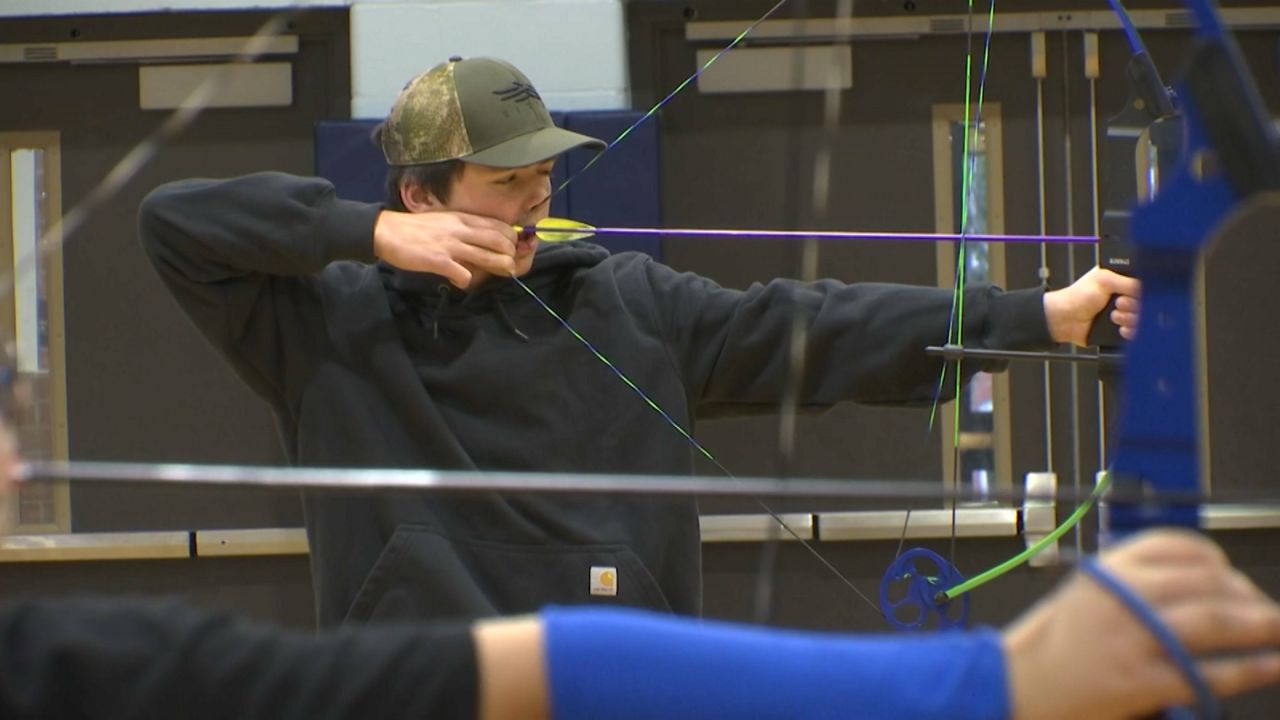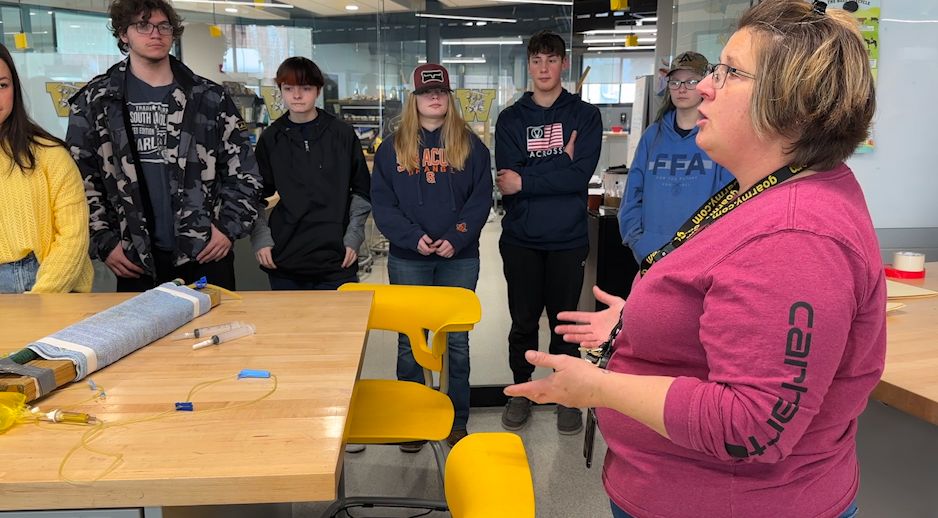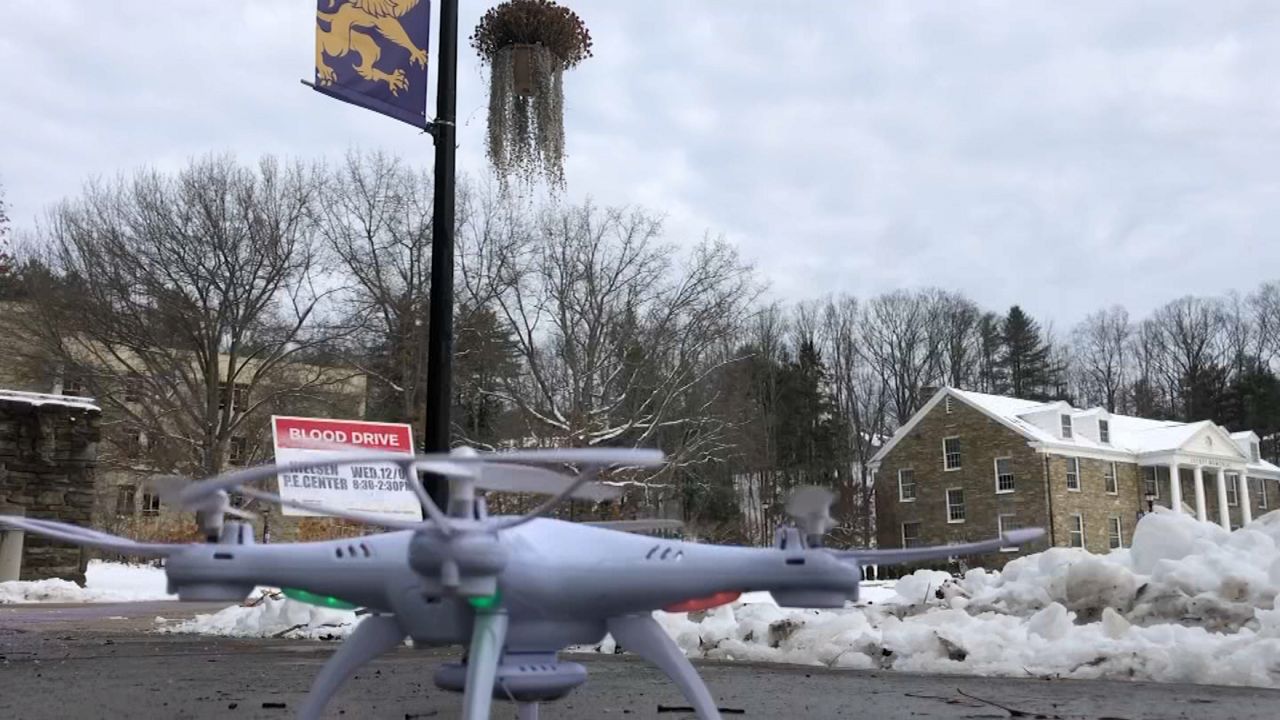It was a monumental moment in American history. It was July 20, 1969 when astronaut Neil Armstrong first step foot on the moon and a critical component to the preparation for that moment happened with the hard work of one man in the Southern Tier.
Gene Abbey is the former Director of Research and Development at Link Aviation. He was one of the leading men behind the development of the lunar module simulator, a series of devices that helped train astronauts for the moon landing.
“It was recognized that the astronauts could not fly the mission without having first had an opportunity to train in the simulator for the mission," said Gene Abbey, former director of Research and Development at Link Aviation.
Now 95, Abbey still remembers working with astronauts like Neil Armstrong to make America’s dream a reality. Every piece of equipment was produced by Link in the Southern Tier.
"Working at Link was a very interesting experience as I came to think that the jet engine airplanes were just beginning to be developed,” said Abbey.
Today, the simulator is back home in Binghamton, on loan from the Smithsonian, where it's now being restored. Abbey reflects on the importance getting every detail just right, and how every piece played a big role in the Apollo training.
While names like Armstrong, and Aldrin will forever line the pages of history books, many locally feel Abbey’s name should be right there beside them, even if he doesn’t agree.
"I guess I don't consider myself to be a great pioneer in that. I was very active and then took great pleasure in being involved in that,” said Abbey.
Students from Binghamton University are assisting in the restoration at TechWorks in Binghamton. They hope to eventually be able to display it for tours.










